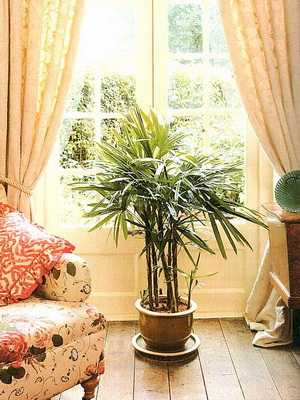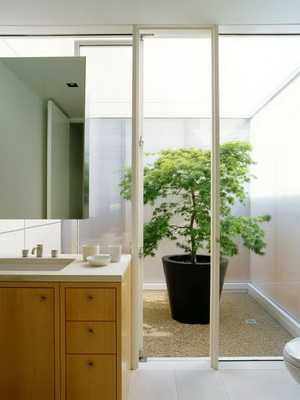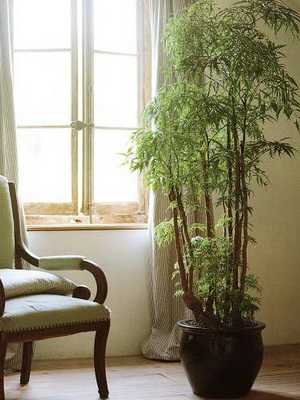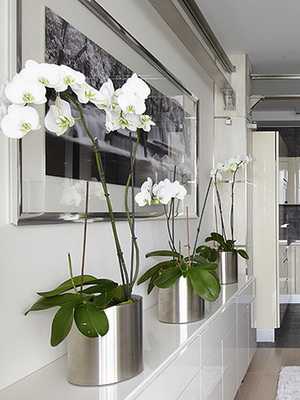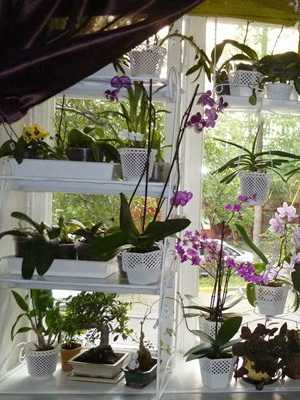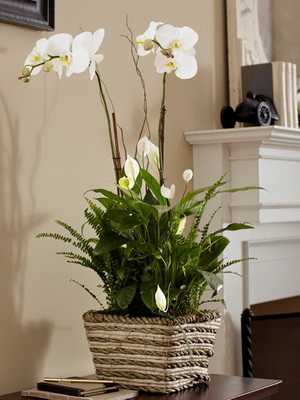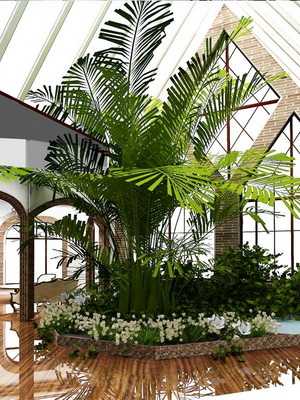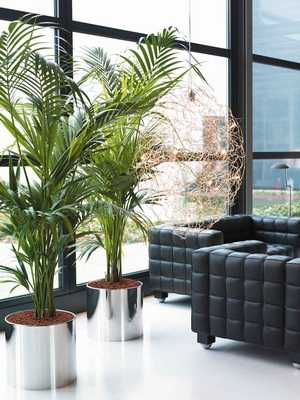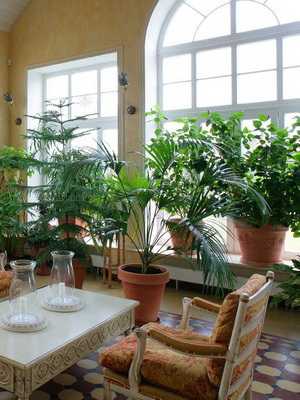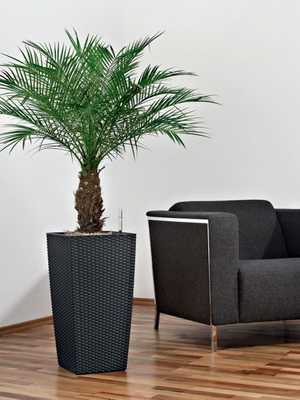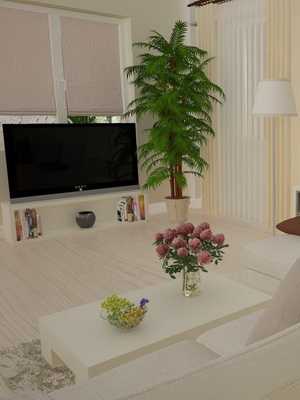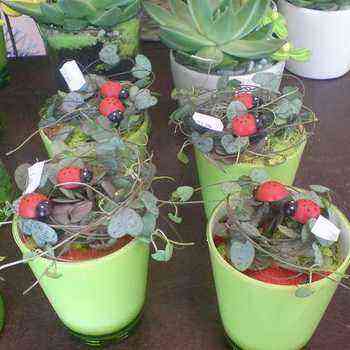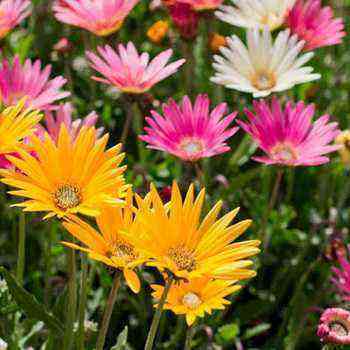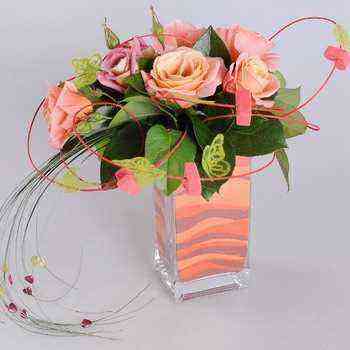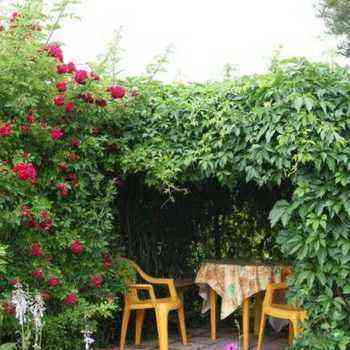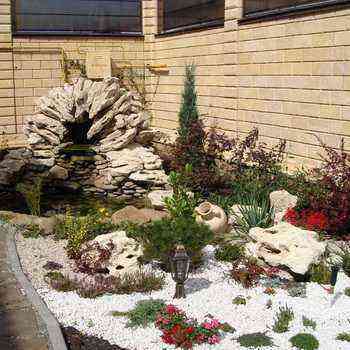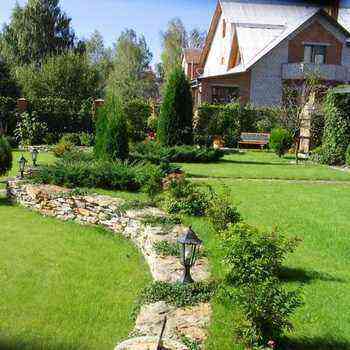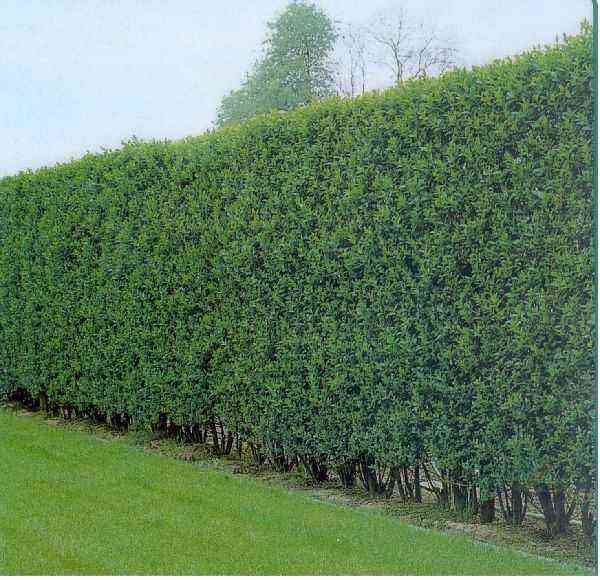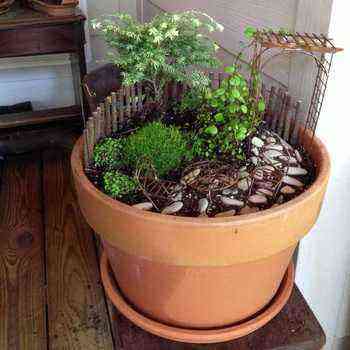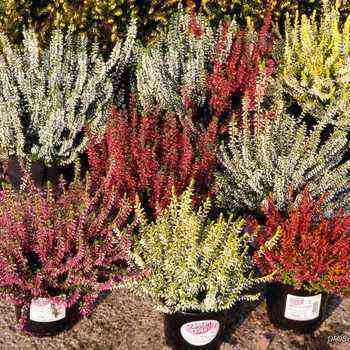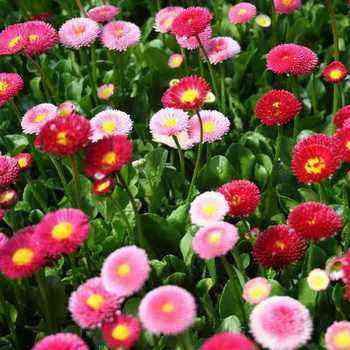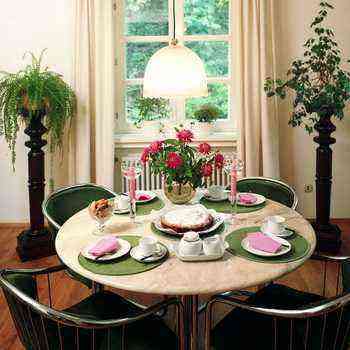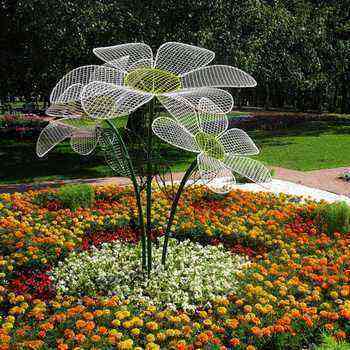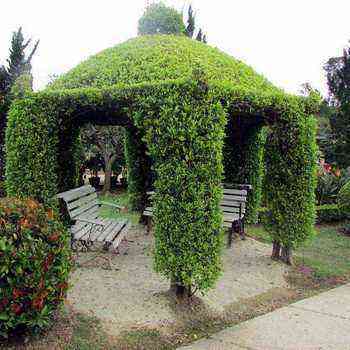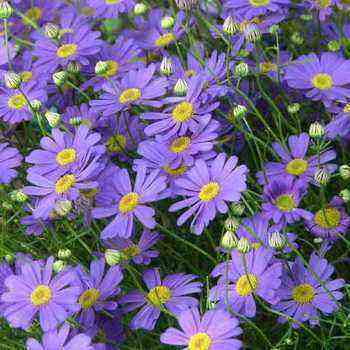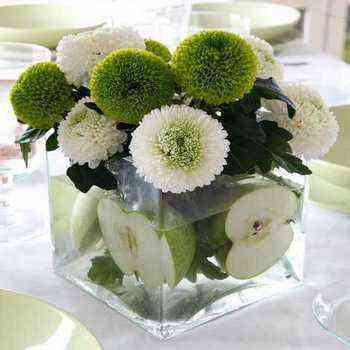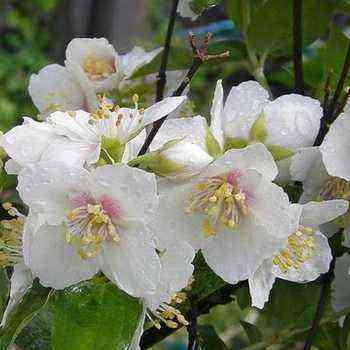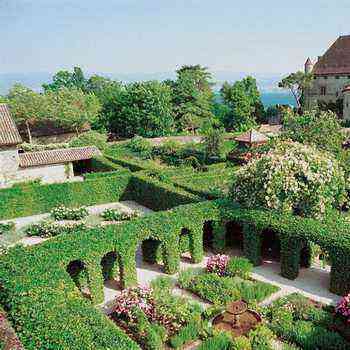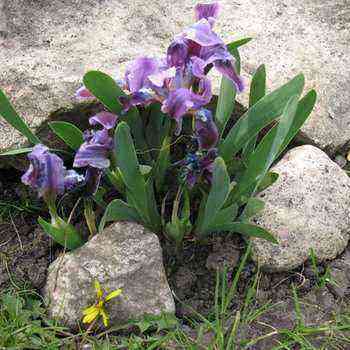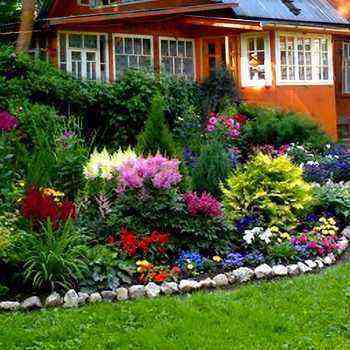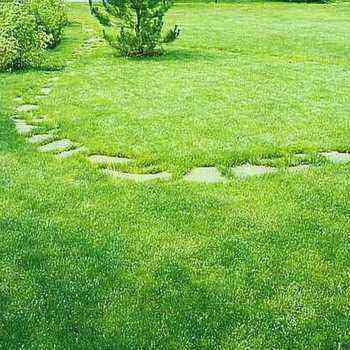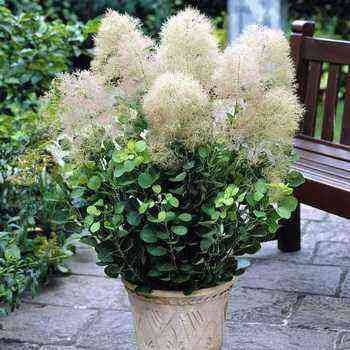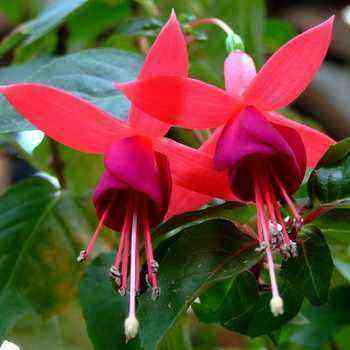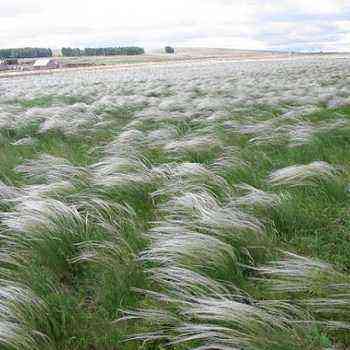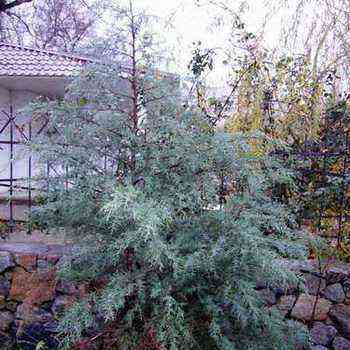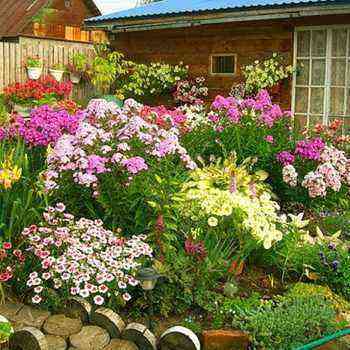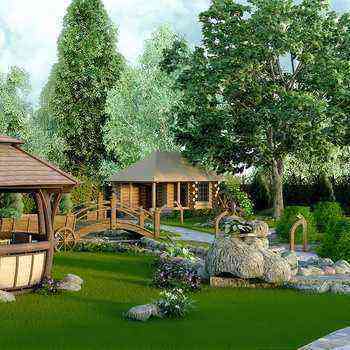
Single plant
A solitary plant is an ornamental or flowering plant that is grown separately because it has a specific function or is particularly attractive in appearance.
As discussed below, indoor plants are generally more attractive, healthier and easier to care for when grouped together. However, decorators use free-standing plants successfully if they are expressive enough to be the center of attention.
When the plants are grown alone, they have no competitors to distract the viewer, but it also means that there is nothing to hide yellowed leaves, deformed branches, etc. Good quality is therefore one of the basic requirements when choosing a plant to be set aside. There are additional factors to consider.
Phytodesigners place single plants where they will serve as focal points. But at home, you can also use a regular plant in a separate pot to decorate a boring place with flowers or pretty leaves. The plant can be grown simply for the pleasure of its owner, and add nothing to the decor of the room. This is exactly what we all do, and it is perfectly acceptable, but, as a rule, ordinary plants, and especially imperfect ones, look more attractive in groups.
Focal point
A focal point in a room is an element that is attractive and unusual enough to divert attention away from nearby objects. Professional designers recommend placing the focal point in the middle of the wall rather than in the corner, but the corner is often the only available spot for a large architectural plant.
Architectural single plants
Architectural single plants are a permanent decoration of a room with year-round decorativeness, and therefore decorative leaf varieties are chosen for this purpose.
In simple terms, architectural plants are attractive enough to serve as a focal point in a room, although they can also be used to fill large empty spaces or to divide a room into zones. Many of them are trees with interesting shapes or spreading leaves.
Expressiveness is key. There are several rules to follow. Choosing the texture, color and size of a container or planter can enhance or ruin the look. Typically, a container is chosen that is about a quarter of the height of the architectural plant.
In modern minimalist interiors, the use of a large and expressive architectural plant is almost a requirement. The problem is that the price of a large plant can be prohibitive. However, this should not deter you. If you have time to wait, then you can buy a young plant, replant it regularly, and then, when it reaches the desired size, put it in a permanent place. Purchasing a stand is the only way if you want to instantly get the look you want without having to buy large plants. A large, sprawling fern or adult chlorophytum with a cascade of sprouts placed on a stand can provide the impression of an architectural type. This shows that the dividing line between architectural and non-architectural solitary plants is not very clear.
Room design and orchid in the interior of the apartment (with photo)
The design of a room with orchids requires careful attention to the choice of the location of these plants. Orchids in the interior of an apartment are single plants mainly for living rooms. Phalaenopsis orchids were once rare, but now they can be seen everywhere. After flowering, trim the stem to a height of 3 cm above the knot (slight thickening). This usually leads to the formation of new peduncles.
It is worth seeing the orchids in the interior in the photos presented on this page and understand the essence of the arrangement of the pots:
It would be a mistake to consider architectural plants as the unconditional elite of the group of single focus plants. The impression made by the foliage of an adult monster rivals many architectural plants, but it is a liana. Anthurium or strelitzia will cause more heads to turn around than the average ficus, but these beautiful flowers are not classified as architectural plants because their decorative effect is not permanent.
Palm trees in the interior and their photos
Moderate-sized palms in the interior, such as the graceful chamedorea, and the attractive ferns are worthy of display on their own. There are also plants with colored leaves that can be successfully used as single plants. Vines deserve a special mention as they are the cheapest way to get a tall, wide focal length.
Indoor plants with large flowers are also best placed separately. Showy potted plants such as gloxinia, poinsettia, and azalea are generally used in this manner.
Next, you can see the palm trees in the interior in the photo illustrating the grace of these single plants:
